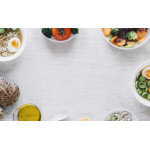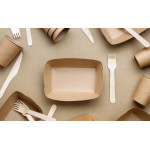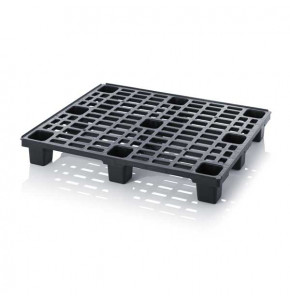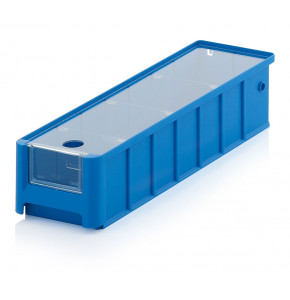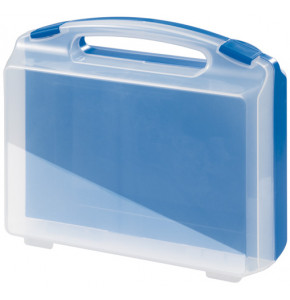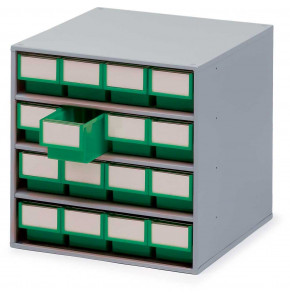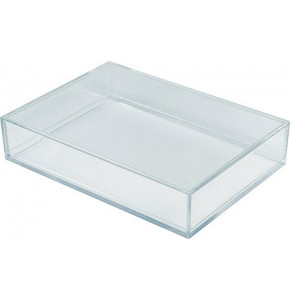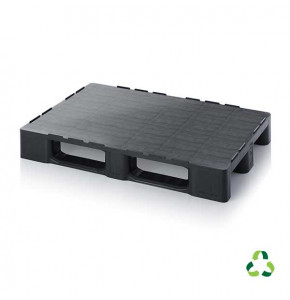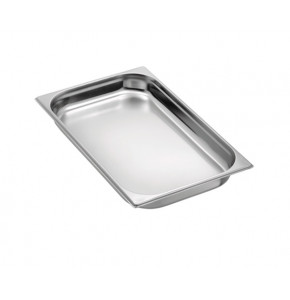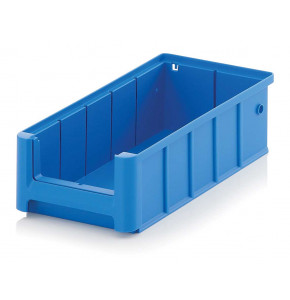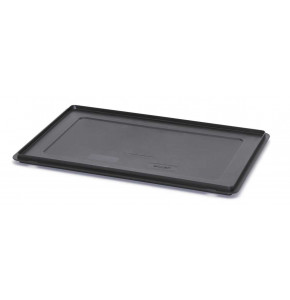PLASTIC AND FOOD, A FUSIONAL RELATIONSHIP HARMFUL TO OUR HEALTH
Posted by Christopher, on 13/11/2012
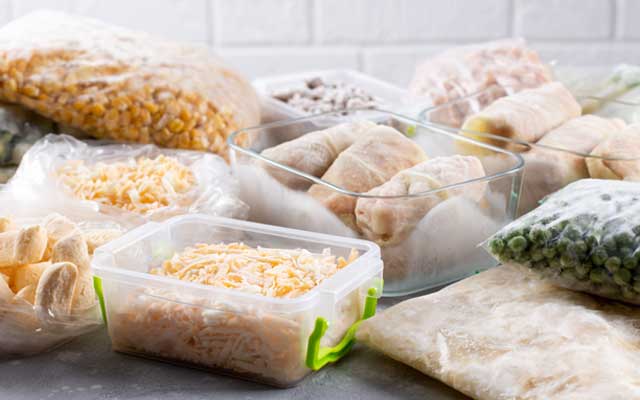 PLASTIC AND FOOD, A FUSIONAL RELATIONSHIP HARMFUL TO OUR HEALTH
PLASTIC AND FOOD, A FUSIONAL RELATIONSHIP HARMFUL TO OUR HEALTH
Real fashion effect, the plastic food packaging is above all present to pass a message, to impose a brand. Indeed, packaging is an important cost for companies. For them, it is a tool of seduction inciting consumers to favour the purchase of a product over another.
Apart from the aesthetic aspect or the taste of the food contained in the packaging, we, consumers, are seduced above all by the lightness, the solidity or the capacity of most of the packaging to go through the microwave.
Our passion for packaging is perverse. Today, we are submerged by tons of plastic waste, coming from the very food containers and packaging that we appreciate so much. We can understand some groups (like Greenpeace) asking for a reduction in the amount of plastic food packaging. We are more likely to support them when we know that a seventh continent of untreated plastic waste has emerged in the northeast Pacific between California and Hawaii.
In addition to deteriorating our beautiful blue planet, because let's remember that plastic packaging is not biodegradable. It was discovered that some of them could be harmful to our health.
"Indeed, studies have shown that some elements present in packaging or containers could migrate into foodstuffs and the impact of these migrations on health is sometimes very controversial as shown by the case of Bisphenol A which is banned in some countries and not in others."
All food packaging in France is monitored. It was set up a system of acronyms (Möbius rings) affixed to all plastic packaging. There are 7 of them classified in two categories:
Dangerous for the health | No impact on health
|
 Plastic widely used for water bottles. It is also used in the manufacture of certain food trays and even in the manufacture of certain cooking plastics. Plastic widely used for water bottles. It is also used in the manufacture of certain food trays and even in the manufacture of certain cooking plastics. |  High density polyethylene is also a plastic widely used in the manufacture of milk bottles. The French environment and health network, based on data from the American Mother Jones website, confirms that this plastic is compatible with food use. High density polyethylene is also a plastic widely used in the manufacture of milk bottles. The French environment and health network, based on data from the American Mother Jones website, confirms that this plastic is compatible with food use. |
 It is little used in food packaging, because it is considered problematic for health. Its manufacture requires phthalates of which the most widespread is the DEHP phthalate classified as toxic for reproduction. It is little used in food packaging, because it is considered problematic for health. Its manufacture requires phthalates of which the most widespread is the DEHP phthalate classified as toxic for reproduction. |  It is little used in food packaging, because it is considered problematic for health. Its manufacture requires phthalates of which the most widespread is the DEHP phthalate classified as toxic for reproduction. It is little used in food packaging, because it is considered problematic for health. Its manufacture requires phthalates of which the most widespread is the DEHP phthalate classified as toxic for reproduction. |
 Polystyrene is used to make cups, transparent flutes or yogurt cups It is strongly discouraged to use this plastic in food uses. This plastic contains styrene, a substance that migrates into food when heated. Styrene is classified as a carcinogen. Polystyrene is used to make cups, transparent flutes or yogurt cups It is strongly discouraged to use this plastic in food uses. This plastic contains styrene, a substance that migrates into food when heated. Styrene is classified as a carcinogen.
|  Polypropylene is used in some water bottles or plastic trays that can be microwaved. The environment health network France confirms that this plastic has a good compatibility for food use. Polypropylene is used in some water bottles or plastic trays that can be microwaved. The environment health network France confirms that this plastic has a good compatibility for food use. |
 The seventh Möbius includes all plastics that do not fall into the categories mentioned above, including polycarbonate. Polycarbonate is a plastic leaving on foods Bisphenol A which according to many scientific publications would be at the origin of several health disorders such as breast cancer or type 2 diabetes. The seventh Möbius includes all plastics that do not fall into the categories mentioned above, including polycarbonate. Polycarbonate is a plastic leaving on foods Bisphenol A which according to many scientific publications would be at the origin of several health disorders such as breast cancer or type 2 diabetes.
|
It will be remembered that plastic is not a dangerous substance, if it is used appropriately, that is to say, if we respect the use for which it was manufactured.
About the author
As a true Jack-of-all-trades, I am interested in all subjects (computers, storage, sports, hygiene...). But as a great gourmet, I admit to dwelling more on subjects dedicated to the restaurant business and everything that surrounds it.

 Francais
Francais 
 Cart
Cart Quote
Quote